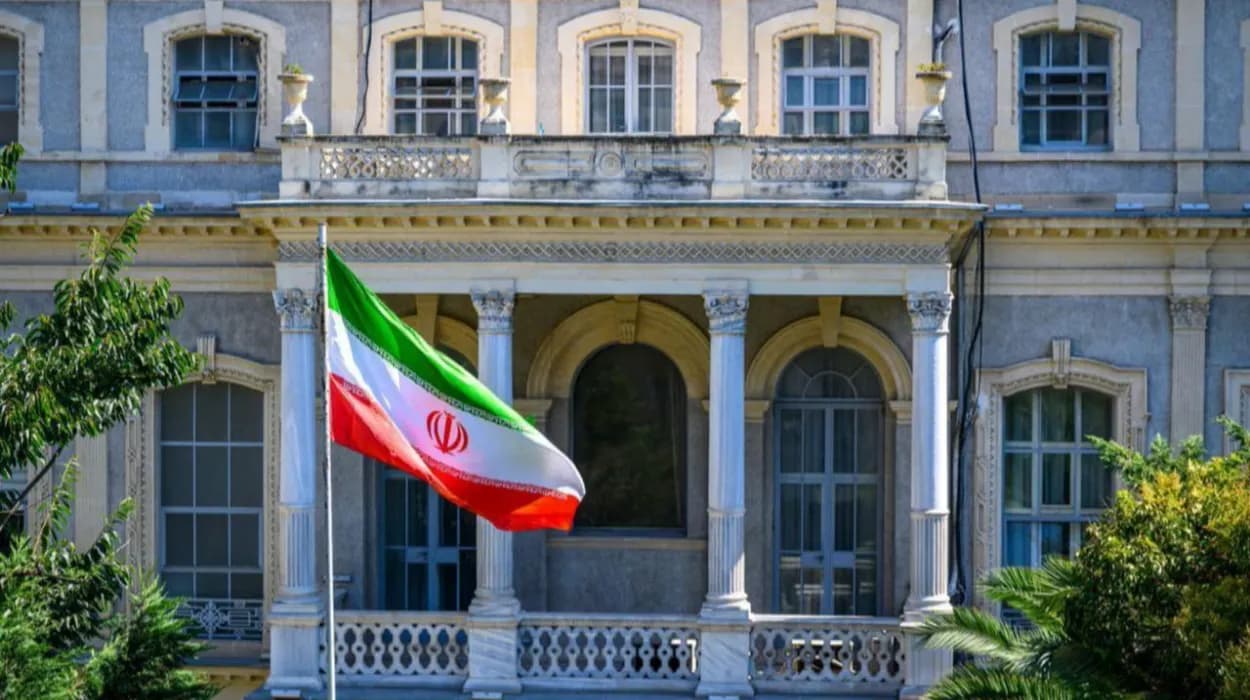Iran declared one of its largest private banks, Ayandeh Bank, bankrupt due to
mounting debt and bad loans, transferring its assets to the state-owned Melli
Bank. The move comes against the backdrop of severe international sanctions and
ongoing economic instability.
Iran Declares Bankruptcy of Ayandeh Bank
In a significant development reported by AFP and several news agencies including Ahram Online and Turkiye Today, Iran officially declared Ayandeh Bank bankrupt on Saturday, October 25, 2025. Ayandeh, founded in 2012, operated an extensive network of 270 branches across Iran, including 150 in Tehran, but was unable to overcome financial troubles driven by accrued losses and high debt.Massive Debt and Losses Led to Bankruptcy
According to the semi-official ISNA news agency, as cited by AFP, Ayandeh Bank had accumulated losses of approximately $5.2 billion and debts nearing $2.9 billion. An official from Iran’s Central Bank, Hamidreza Ghaniabadi, shared with IRNA news agency that over 90% of Ayandeh’s funds were allocated to entities connected to the bank itself or its managed projects, which failed to repay the loans, causing critical financial distress.Transfer of Assets to State Bank
The Iranian Central Bank decided that Ayandeh’s assets would be transferred to the state-owned Melli Bank to manage the fallout. Melli Bank director Abolfazl Najarzadeh announced on state television that the handover process was complete. This measure aims to protect depositors, with Economy Minister Ali Madanizadeh assuring customers earlier in the week that their funds remain secure and they “have nothing to worry about,” according to AFP.Public Reaction and Government Response
Outside a former Ayandeh branch in Tehran, queues of customers waiting to access their funds were witnessed, with police deployed to maintain order, as reported by an AFP journalist. The Iranian government, through various officials, has emphasised safeguarding depositors’ interests following the bank’s closure.Economic Context and Sanctions Impact
Iran’s banking crisis is unfolding amid a renewed wave of international sanctions reinstated by the United Nations in September 2025. These sanctions are part of a “snapback” mechanism reinstating restrictions frozen under the 2015 nuclear deal (JCPOA), as detailed by Ahram Online and Turkiye Today. The deal, brokered during former U.S. President Barack Obama’s administration, had eased sanctions on Iran in exchange for nuclear programme limitations until the U.S., under then-President Donald Trump, unilaterally withdrew in 2018.In addition to the direct impact of sanctions, Iran’s
financial sector faces broader stresses as the country struggles with curbed
international trade, disrupted investment flows, and limited access to global
financial systems.
Ayandeh’s Role in High-profile Projects
Ayandeh Bank had been associated with major projects such as the Iran Mall in Tehran, one of the largest shopping centres that includes recreational facilities like an ice rink and cinemas. The scale and ambition of such projects contrast sharply with the underlying financial weaknesses that led to the bank’s insolvency.Other Banks Facing Difficulties
The issue is not isolated to Ayandeh Bank alone. According to Iran’s Tasnim news agency, five other private banks—Sarmayeh, Day, Sepah, Iran Zamin, and Melal—are also experiencing financial difficulties, indicating systemic challenges in Iran’s banking sector.The End of JCPOA and Its Implications
The Iranian nuclear deal formally ended on October 18, 2025, ten years after the adoption of UN Security Council Resolution 2231. The three European signatories—Germany, France, and the UK—attempted last-minute diplomacy with Iran but failed to revive the agreement, as covered by Ahram Online. Iran announced it would no longer abide by the nuclear restrictions formerly imposed but reaffirmed its commitment to diplomacy.This development marked a significant geopolitical shift,
with Iran resuming higher levels of uranium enrichment and anticipating the
full reimposition of international sanctions, which further exacerbates
economic pressures on the country.
Official Statements
Abolfazl Najarzadeh, Melli Bank director:
“The transfer from Ayandeh Bank to Melli Bank is now complete.”
Ali
Madanizadeh, Economy Minister: Ayandeh customers "have nothing to
worry about."
Hamidreza Ghaniabadi, Central Bank official:
- “More than 90% of Ayandeh Bank’s funds were allocated either to parties related to the bank or to projects managed by the bank itself,”
causing bad debts.
Iranian Foreign Ministry: JCPOA provisions including nuclear restrictions “are considered terminated,” yet “Iran firmly expresses its commitment to diplomacy.”
Iran’s decision to declare Ayandeh Bank bankrupt and transfer its assets to a state bank reflects deepening financial strains exacerbated by resumed international sanctions and domestic economic mismanagement. While authorities move to assure depositors and stabilise the banking sector, the broader economic environment remains tense, underscoring the complex challenges facing Iran as it navigates renewed international isolation and internal financial difficulties.
